Grown to Order: 10 Biomimicry Product Examples for Nature-Inspired Designers

If you’ve been hanging around the biomimicry space for a hot sec — you might have heard of the variety of ways in which biomimicry can be applied.
You might have heard things like what can we learn from studying a plant, a fungus, an alga, or the human eye?
It's true, we can be inspired to innovate in a million and one different ways, but also - we can learn from others practising life-centred design too.
So we set off to find the top ten biomimicry product examples to discover the secrets of biology's brilliance.
Let's dive in.
Explore biomimicry product design projects from our own Biomimicry Practitioner learners here (plus, get a free Biomimicry Project Playbook worth $27)
1. Solving Food Waste through a Novel Biomimicry Invention - GreenPod Labs

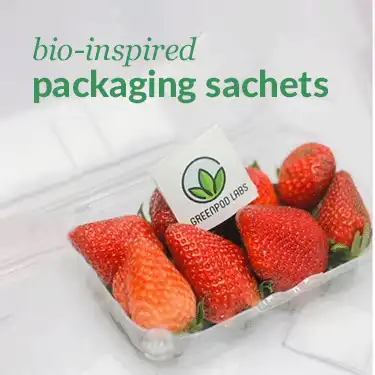
I bet you (like me) cannot stand wasting food. Though we might all agree it's an important problem... this problem persists. Just in India alone, 40% of fresh produce is lost before it reaches the consumers 🤯
Greenpod Labs has created bio-inspired packaging sachets that mimic the built-in defense mechanisms within specific fruits or vegetables to slow down the ripening rate and minimize microbial growth. These are called plant-based volatiles, and the right formulation reduces the need for cold storage and cold supply chains.
Berry Cool ; )
🪲 Inspired by: Fruit and vegetables built-in defense mechanisms
📍 Where: India
🎯 Nature-inspired Innovation / Function: Bio-inspired packaging sachets, protect from microbial growth, use life-friendly chemistry
✏️ Biomimicry Product: Greenpod Labs
2. One of the earliest biomimicry product inventions: Velcro

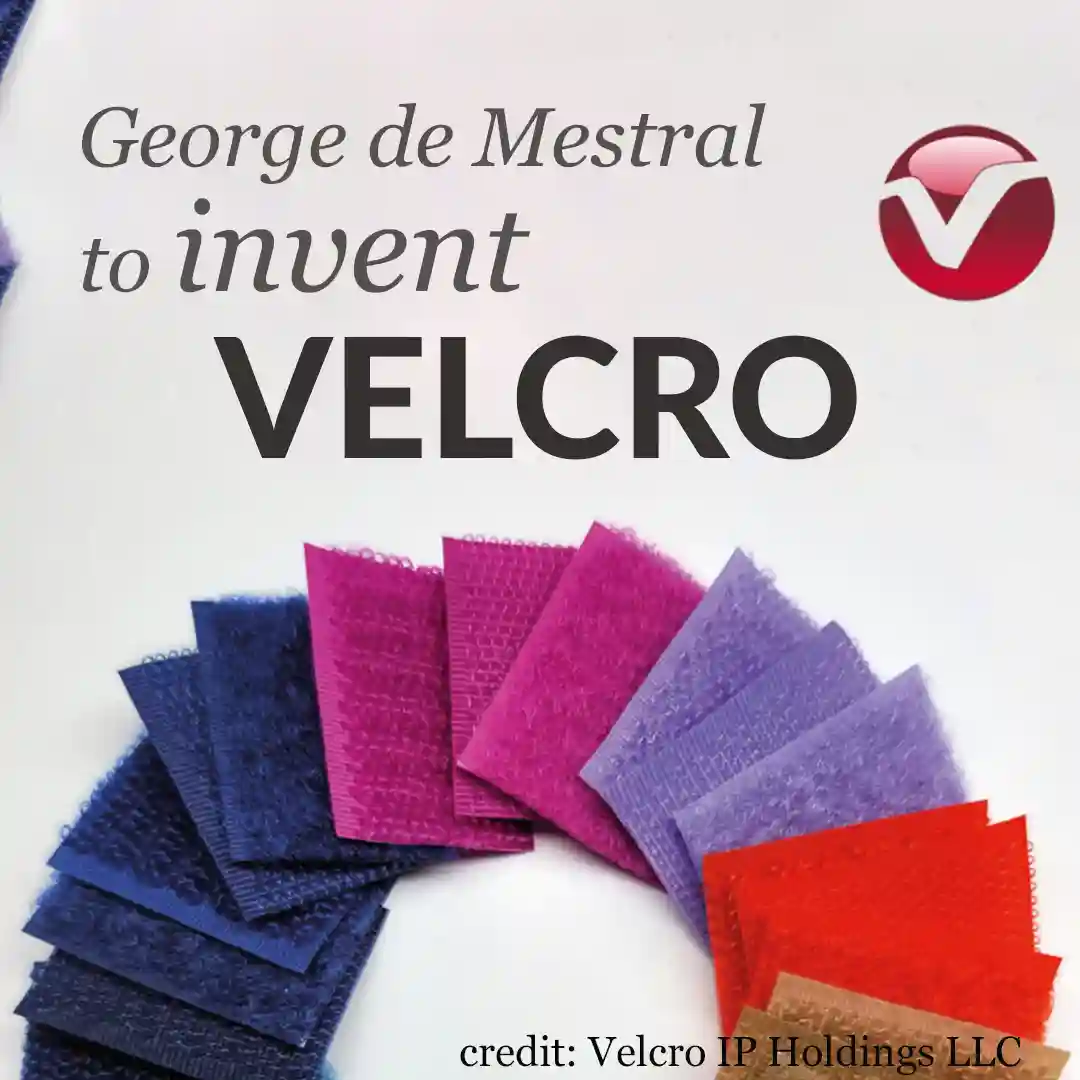
Oh, Velcro - you old biomimicry classic! What would a biomimicry blog article be without you? Okay, so you've heard biomimicry inspired the creation of Velcro - but did you know that this invention has sparked many new types of Velcro?
Besides an almost silent version created by the U.S. military, industrial Velcro was later introduced, which is composed of steel wires that create an incredibly strong bond at high temperatures. Today, most types of consumer Velcro are made from two materials: nylon and polyester... two petroleum-based fibers / materials that today are in need of some further rethinking.
🌱 Inspired by: Bur seeds of the burdock plant
📍Where: Switzerland by George de Mestral
🎯 Nature Inspired Innovation / function: Non-chemical adhesive, attach temporarily
✏️ Biomimicry Invention: Velcro
3. Human Eye Inspired the Creation of an Environmentally Friendly Sunscreen - Soliome
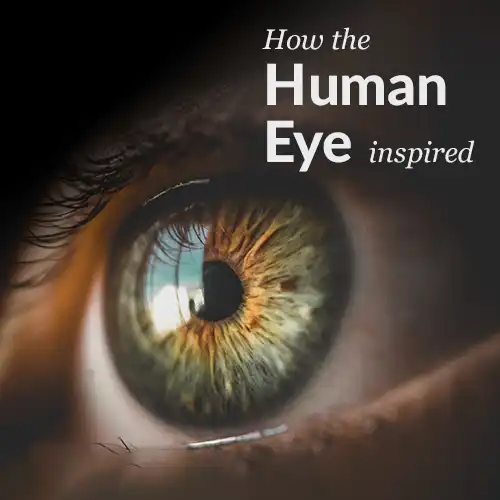
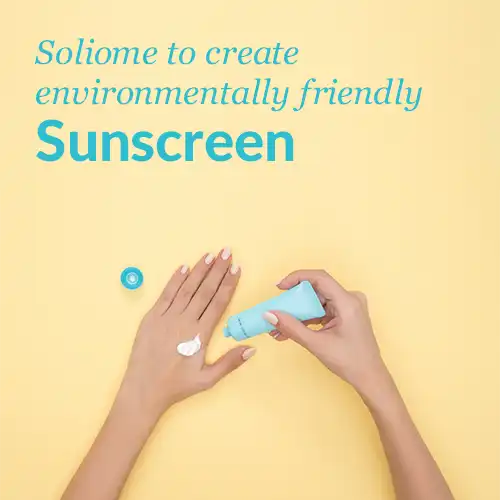
Sunscreen is often thought of as our sun saviour, but the use of toxic chemicals has many unintended consequences for our oceans' sensitive organisms like coral. Sóliome has created a novel sunscreen inspired by compounds that naturally concentrate in the lens of the human eye to absorb UVA and UVB radiation. By isolating and stabilizing this molecule, Sóliome can create a safe, affordable, and environmentally friendly sunscreen.
🪲 Inspired by: Compounds that naturally concentrate in the lens of the human eye
📍 Where: United States
🎯 Nature-Inspired Innovation / Function: Environmentally friendly sunscreen, protect from light
✏️ Biomimicry Product: Soliome Sunscreen
If you don't get a job at Sóliome, you can always reapply 😆
4. How Sharkskin Inspired a 'cutting edge' Swim Fabric Invention

A shark, although championed for its teeth and immense bite force, might have another evolutionary ace up its sleeve. Shark skin is covered with types of scales called dermal denticles. These denticles disrupt Eddy formation and and create a low-pressure zone.
This leading edge vortex propels the shark forward and reduces drag immensely. The now infamous and banned suits designed by Speedo & NASA for the 2008 US Olympic swimming team won 98% of all Olympic gold medals.
Additionally, the denticles are also covered with microscopic ridges, showcasing biomimetic examples, which make it very hard for bacteria and other germs to cling to it. This makes it an ideal candidate for self-cleaning material used in hospitals and children’s schools.
🦈 Inspired by: Sharkskin
📍 Where: USA
🩱 Innovation/function: Drag-reducing swimwear, move in liquids, anti-germ fabric for hospitals, protect from microbes
✏️ Biomimicry Invention by: Speedo & NASA
🩲 Biomimicry Product: See image above (from Speedo's website)
5. Mushroom Wonders: How Fungi Inspired the invention of a Green Building Material
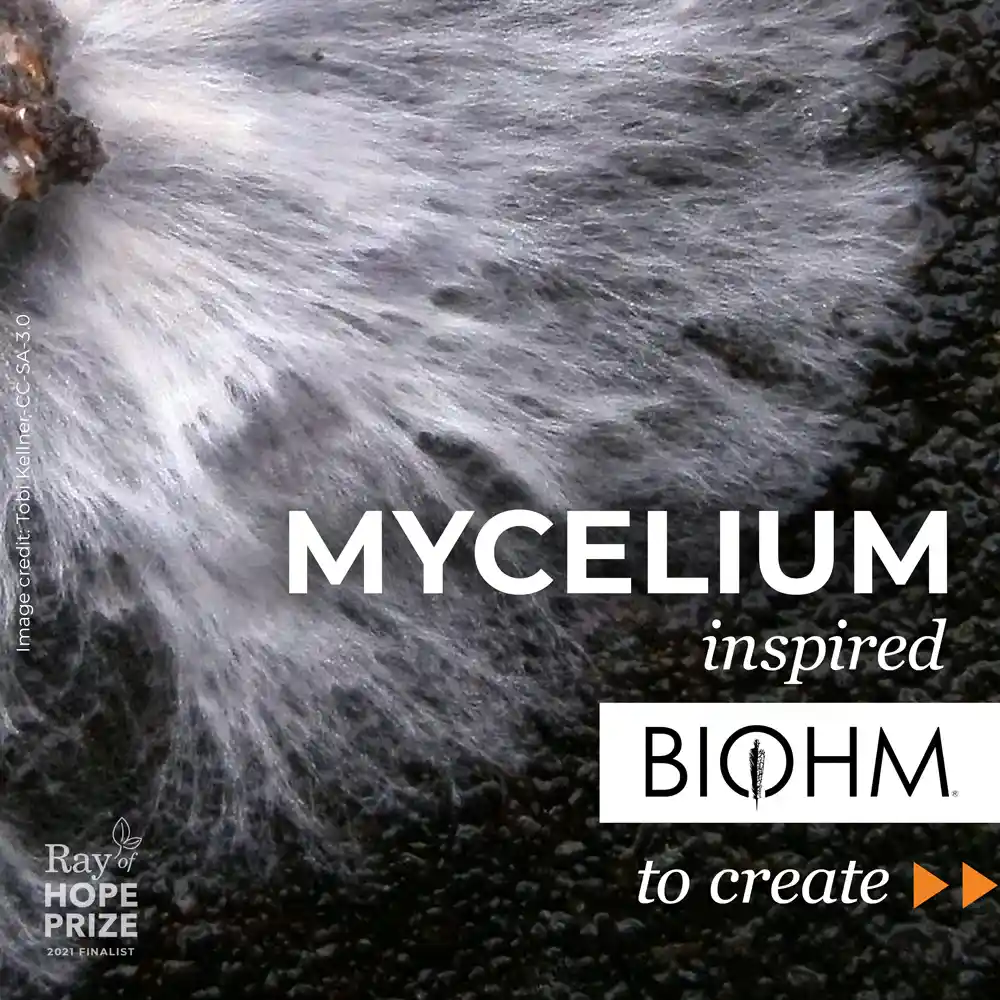
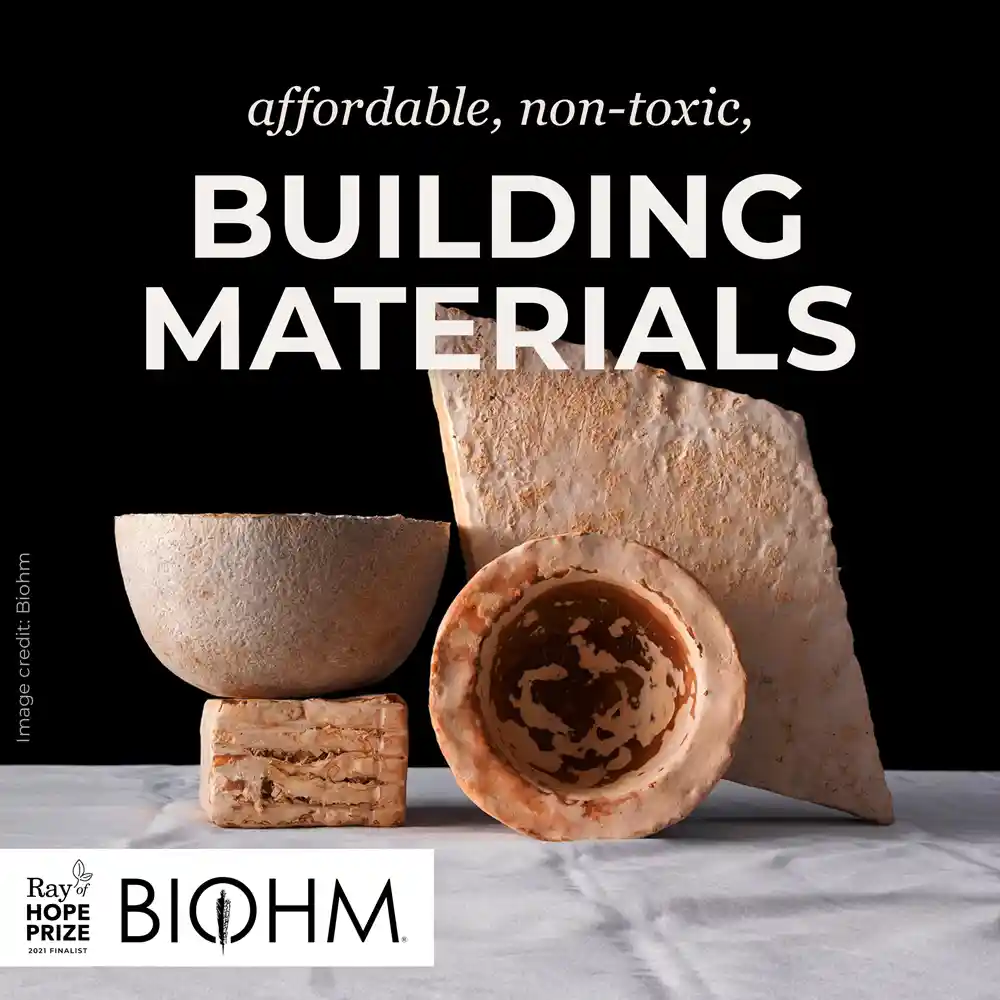
Fungi are one of the most unique and important members of the earth's delicate ecosystem. They are nature's grim reapers as they recycle waste back into the biological cycle so that new life can grow and flourish.
Humans create huge amounts of waste which are organic and inorganic in nature. The researchers at Biohm have already created a heat-insulating panel that performs even better than traditional insulation materials, and it's made up of mycelium, the vegetative part of the fungus. It is also completely biodegradable.
They are also working to develop a new mycelium to recycle plastic and other human-produced wastes into green building materials.
🍄 Inspired by: Fungi
📍 Where: UK
♻️ Nature-Inspired Innovation: Biodegradable, non-toxic, better-performing material made from industrial waste, chemically break down / assemble organic compounds
✏️ Biomimicry Products: Construction Materials, Specialised Packaging, Furniture and even Fashion. See Biohm's Website for more information
6. How Algae Inspired a Multifunctional Biodegradable Shoes
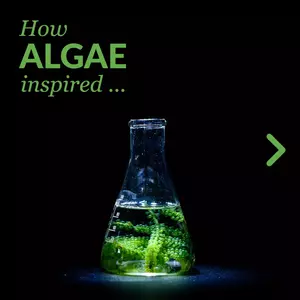
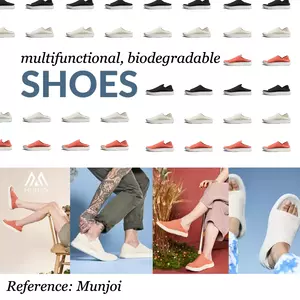
I think we are all in agreement. Fast fashion is bad for the environment and is a leading contributor of non biodegradable and non-recyclable plastic waste in our landfills and, even worse, our oceans! The team at Munjoi is changing that by using algae instead of petroleum-based plastic. They have tied up with companies capturing invasive algal blooms and others who are growing carbon-negative algae. They have also made the shoes multi-functional as, with their innovative designs, the same shoes can be used as sandals, slip-on shoes, closed shoes and everything in between, embodying biomimicry ideas for creating versatile and sustainable products. The shoes can also be recycled into new material. Similar companies like Bloom and C Combinator are also taking this approach and changing the fashion industry.
🪲 Inspired by: Algal oil, ecosystem
📍 Where: Massachusetts, USA
🎯 Innovation / Function: Turning invasive algal blooms into biodegradable shoes, modify the material characteristics of algae, chemically assemble polymers using life-friendly chemistry, use multifunctional design
✏️ Biomimicry Product: Multi-functional, biodegradable fashion products - Munjoi, C Combinator, Bloom
Note that this product flirts the line between bio-utilisation and biomimicry - the difference and definition of biomimicry is explained here
7. Arachnid Elegance: Spinning Heads with a Novel Biomimetic Product / Textile 🕷
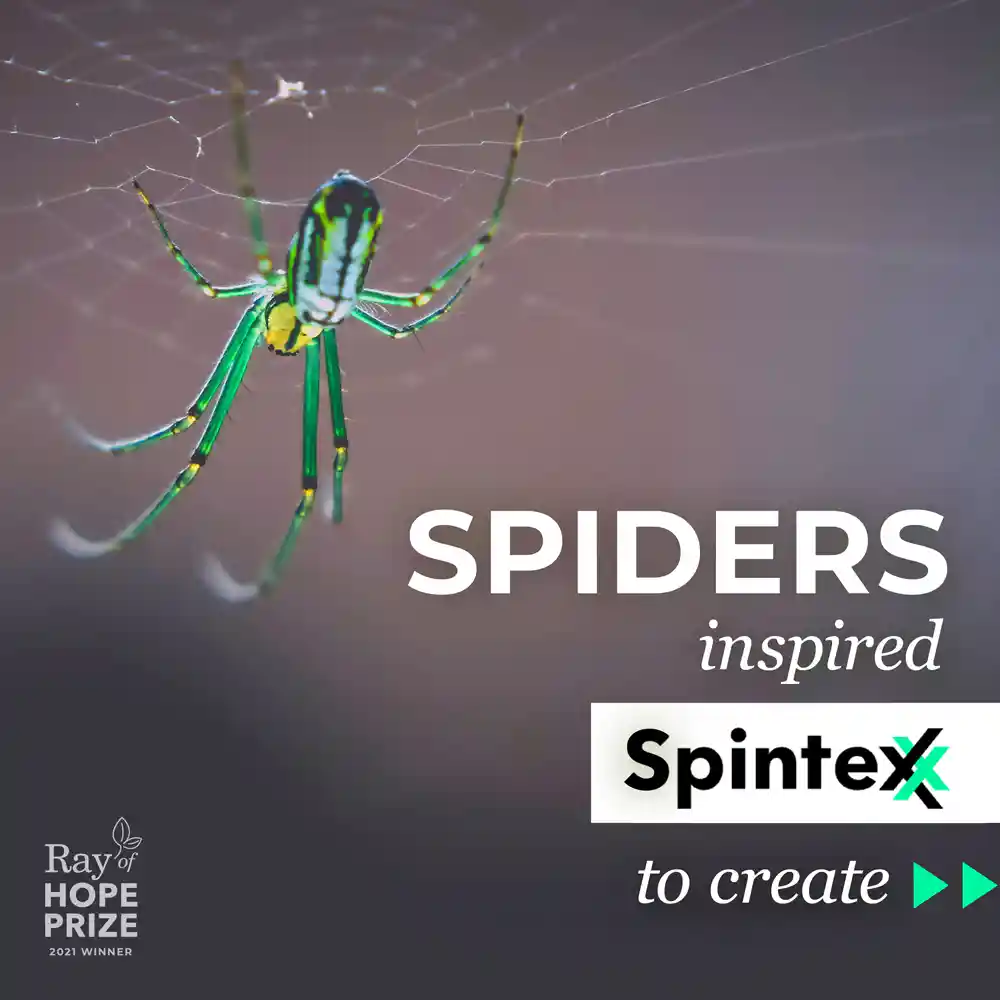
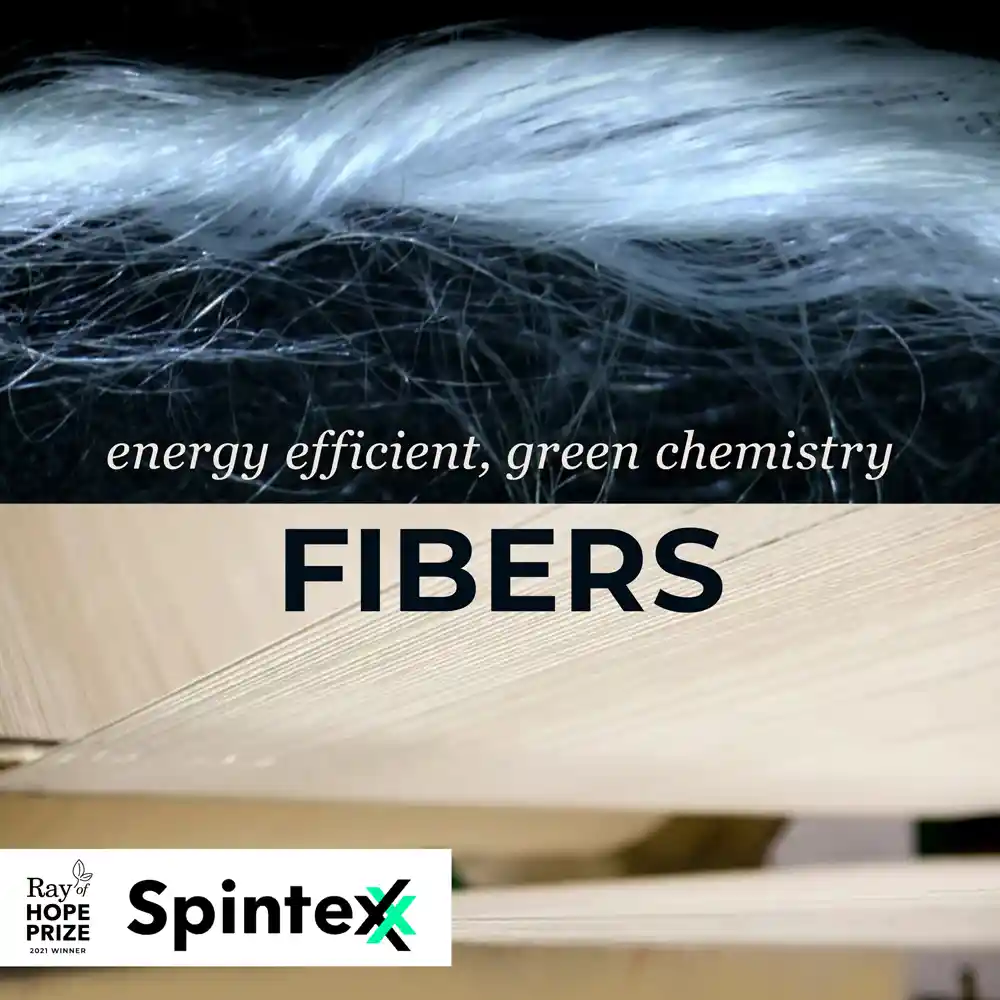
Spider silk is often cited as one of the strongest Biomimicry materials science in the world, and scientists have long been searching for a way to artificially synthesize this silk for human use as a textile fibre. Backed by 300 million years of research and development, Spintex Engineering has finally cracked the spider's code. It has developed a solution that mimics a spider spinneret's ability to spin fibre at room temperature without harsh chemicals from a liquid gel. Their process is 1,000 times more energy-efficient than synthetic petroleum fibers, with water as their only by-product. Oh, the wonders of green chemistry!
🕷 Inspired by: Spider Silk
📍 Where: UK
🎯 Biomimicry Innovation / Function: Spinning high performance fibre at room temperature, chemically assemble polymers, fit form to function
✏️ Biomimicry Product: High-performance (technical) and sustainable textiles
By mimicking how a spider spins silk at room temperature, Spintex creates high-performance, sustainable textiles that are 1,000 times more efficient than an equivalent synthetic fibre.
8. Nano structured inspired Waterproof and Biomimicry Materials Textiles - Amphico
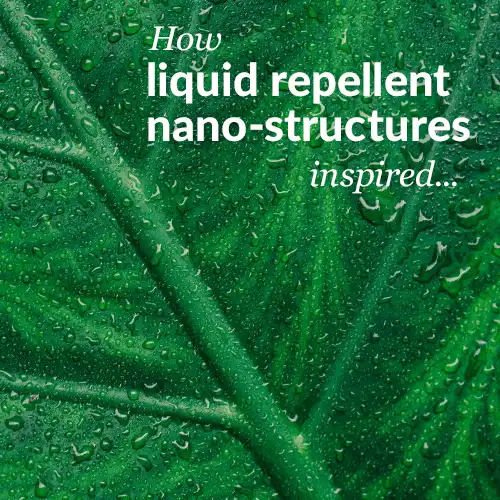

Amphico has had a rain wave… rethinking the way traditional waterproof, breathable textiles are made with innovative biomimicry materials science. Using textiles made from one source material, they've accomplished creating a new recyclable and PFAS-free alternative for the outdoor and sportswear industry (think the future Goretex 2.0). Removing the need for any chemical treatments, Amphico has mitigated two of the biggest barriers to sustainable textile production today - one material and no need for any chemical treatments.
🪲 Inspired by: Liquid repellent nano-structures found in nature
📍 Where: United Kingdom
🎯 Innovation / Function: Non-chemical water repellent textile, protect from excess liquids, expel liquids, use life-friendly chemistry
✏️ Biomimicry Product: Amphico's waterproof and breathable textiles
9. Tree-inspired Woodflow - Strong by Form
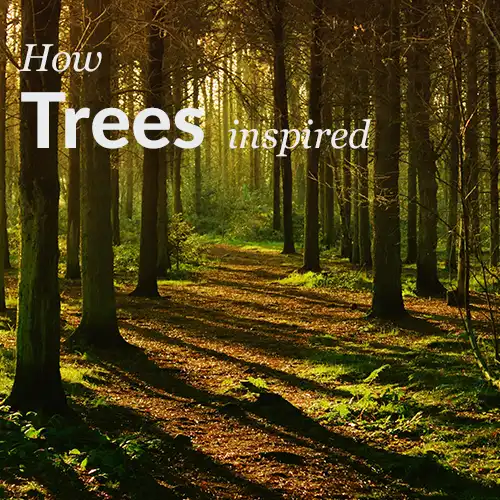
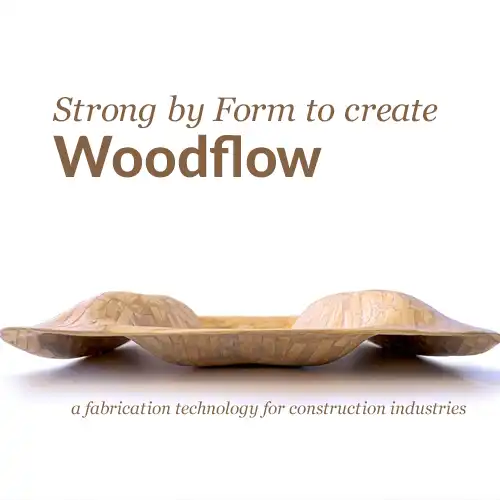
By combining material science with the latest digital optimization tools, Strong by Form has developed Woodflow, a fabrication technology that follows natural form functions found in trees. Their proprietary additive manufacturing process can create high-performance, ultralight, timber-based structural composites for the construction and mobility industries at a fraction of their environmental impact. You cannot see the forest from the trees, but Strong by Form seems to.
🪲 Inspired by: Trees
📍 Where: Chile
🎯 Innovation / Function: Woodflow - a fabrication technology for construction industries, manage structural forces, fit form to function, optimize space and materials
✏️ Biomimicry Product: Strong by Form
Did you know: when Strong by Form's seed funding round closed - they ranked among the top deals in Chile for Q4 2023
10. A Plastic Revolution: Embedding Enzymes for Better Plastic Degradation with Intropic Materials
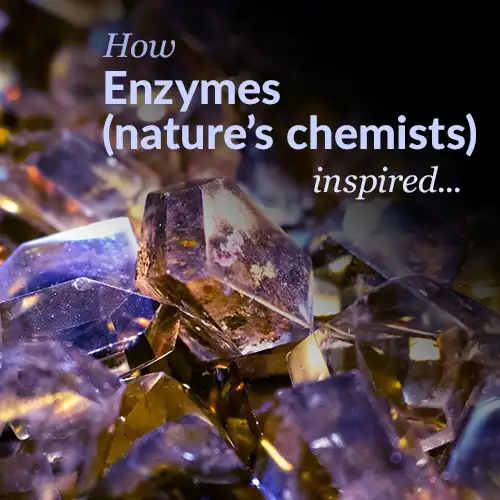

I think we are all in agreement. None of us want plastic waste in our landfills and, even worse, our oceans. Solving it at the source is first prize to our plastic crisis, though some plastics are incredibly useful. Intropic Materials is solving plastic waste from the inside out by embedding enzymes directly inside specific plastics to speed up natural degradation. These plastics break down at the end of use into biodegradable or chemically recyclable small molecules without producing microplastics, in accessible, life-friendly conditions like warm water baths or compost.
🪲 Inspired by: Chaperone proteins
📍 Where: United States
🎯 Innovation / Function: Embedding enzymes to speed by plastic degradation, chemically break down polymers, use life-friendly chemistry
✏️ Biomimicry Product: Intropic Materials
Frequently Asked Questions
What products are designed using biomimicry?
Biomimicry, or nature-inspired innovation, has led to the development of various inventions, products and sustainable solutions. The most common biomimicry product today is Velcro. Some newer examples of products designed using biomimicry include gecko-inspired adhesives, a biodegradable sunscreen by Soliome, a slug slime inspired sticky surgical glue (ew), octopus-Inspired soft robots, and even the algorithms behind the Computer-Aided Design (CAD) tools product designers use daily.
Interested in design approaches? Explore the article: What is Life-Centered Design?
Why is biomimicry a good idea?
By it's very nature - biomimicry puts life at the centre of our human designs. Biomimicry is a good idea because it offers a sustainable, efficient, and innovative approach to problem-solving, drawing inspiration from the intricate and time-tested designs found in nature. It has the potential to address various global challenges while promoting harmony with the environment. It also offers hope along the way.
What are some biomimicry inventions?
The diverse range of biomimicry inventions and application, from Leonardo da Vinci's flying machines. slime mould inspired city planning, structural color, and biomimetic office building - to generative design and the biomimicry materials mentioned above - biomimicry is as diverse as nature itself. What's even wilder is the idea that as our understanding of biology and technology continues to advance, more innovations inspired by nature are likely to emerge.
What products use biomimicry?
From Velcro and sustainable spider inspired textiles, to algae biodegradable shoes and better plastic degradation with Intropic materials - biomimicry can be found in a range of industries, services, materials and products. Like Nature, biomimicry has a universe of applications, showing how biomimetic solutions can inspire innovative and sustainable technologies.
Interested in design? Read: 10 Patterns in Nature that Solve Design Challenges
Conclusion
As we return from our exploration into biomimicry products inspired by nature, we reflect on the oceans of information that biology provides.
Over millions of years, nature has mastered its design to perfection. Animals, plants, and ecosystems have learned the art of adapting to ever-changing environments for their better survival.
Thus, it makes sense for designers, thinkers, and innovators across various fields to take inspiration from nature's solutions.
By adopting biomimetics or biomimicry ideas (a mindset, methodology, and, above all – the act of collectively designing a life-friendly future), we can create designs that contribute to the future in ways that are intuitive and aligned with human needs.
Drawing inspiration from the natural world can provide value in many ways, including carbon emission reduction, cost savings, waste reduction, and creating a more harmonious and efficient global environment.
Put simply, there is a wealth of insights to be gained from nature, and now is a good time to explore how these lessons can be employed to enhance business operations.
So, what makes you wait? Get interesting biomimicry project ideas and gain wisdom from nature's genius by downloading the free Biomimicry eBook and lead the bio-designer revolution.
Read more on biomimicry and product design here.
Wild regards
Alistair Daynes, Biomimicry Practitioner
Biomimicry Product References and Sources:
- Packaging Sachets - https://makeitcircular.whatdesigncando.com/projects/active-packaging-sachets/
- Mushroom Mycelium
- Human Eye Inspired Sunscreen - AskNature
- Sharkskin
- Embedding enzymes
- Biomimicry Science Project Ideas

